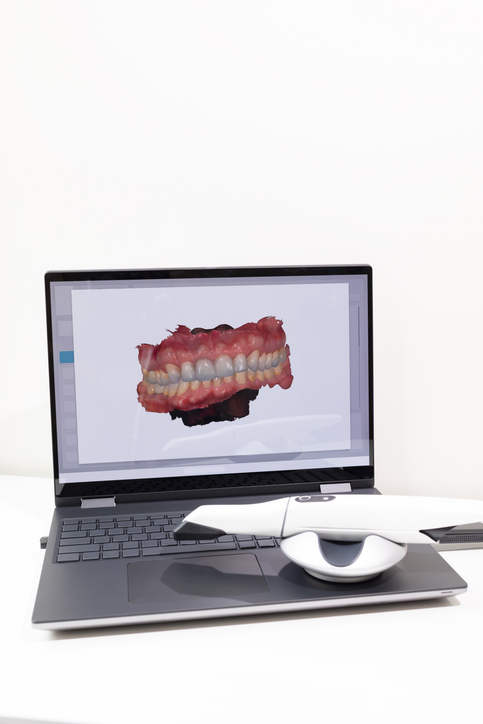
Can virtual articulators be used to improve patient outcomes?

Investigators may have uncovered the utility and efficacy of virtual articulators, according to an article published in Cureus.
They explained that a virtual articulator is capable of using computed generated technology to digitally simulate the jaw relations and replicate mandibular motions in static and dynamic scenarios — thereby enabling detailed occlusion analyses, enhanced diagnoses and improved treatment planning and patient education. In dental clinics and laboratory settings, virtual articulators have been applied in intraoral scanners and computer-aided design and manufacturing technologies.
However, the high rate of advancements in dentistry and potentially limitless opportunities for digitization may make it challenging for dentists to remain up to date with current technologies.
In the study, the investigators used PubMed Central to identify 30 studies evaluating patient outcomes and the benefits and limitations of using virtual articulators. Compared with traditional mechanical articulators, they discovered that virtual articulators allowed for more precise occlusal surface analyses. Further, the digital impressions made by virtual articulators were found to be more accurate than those made with analog methods.
The investigators concluded that combining virtual articulators with computer-aided design and manufacturing technologies could lead to more positive outcomes in implant therapy and orthognathic surgery.
Read more: Cureus
The article presented here is intended to inform you about the broader media perspective on dentistry, regardless of its alignment with the ADA's stance. It is important to note that publication of an article does not imply the ADA's endorsement, agreement, or promotion of its content.